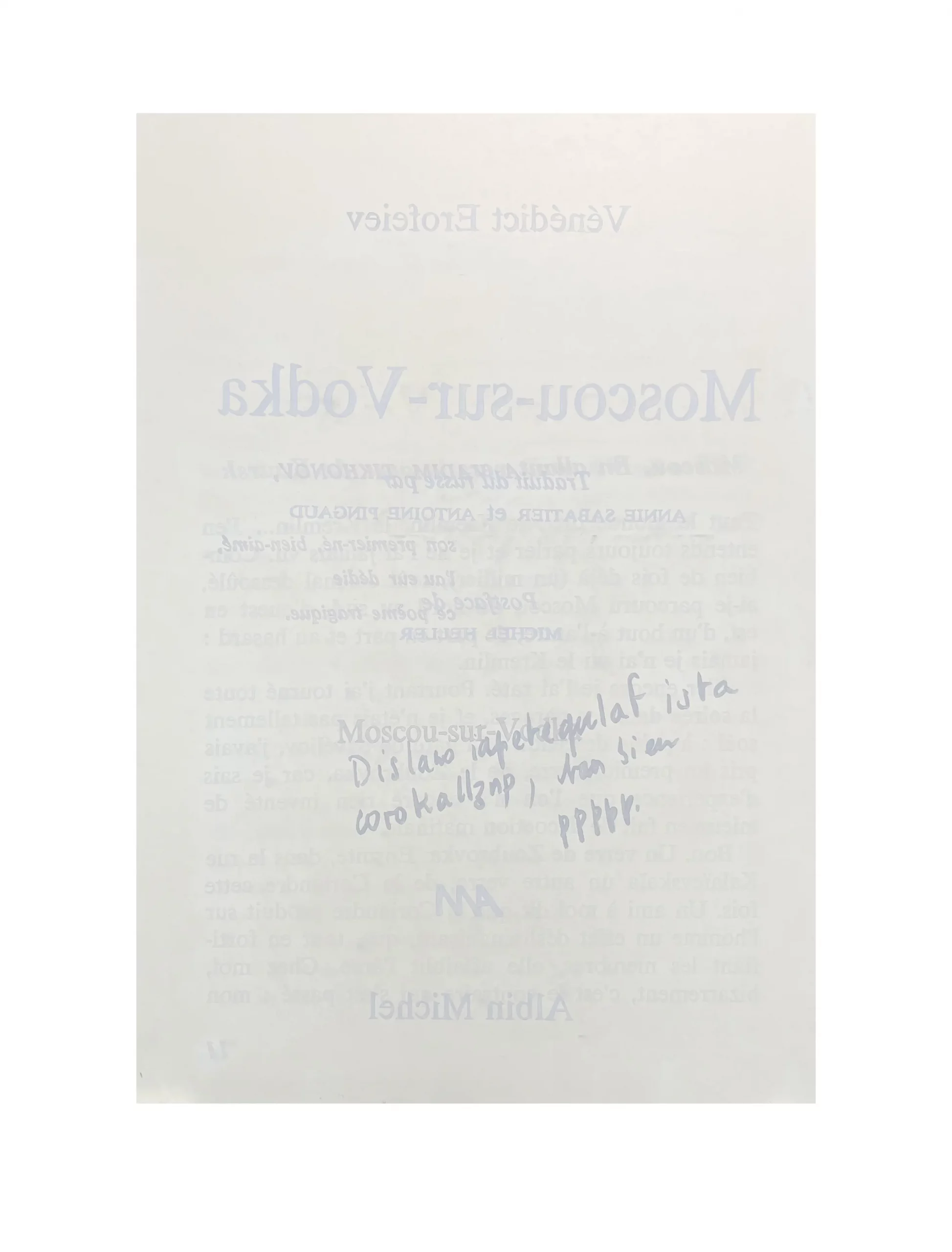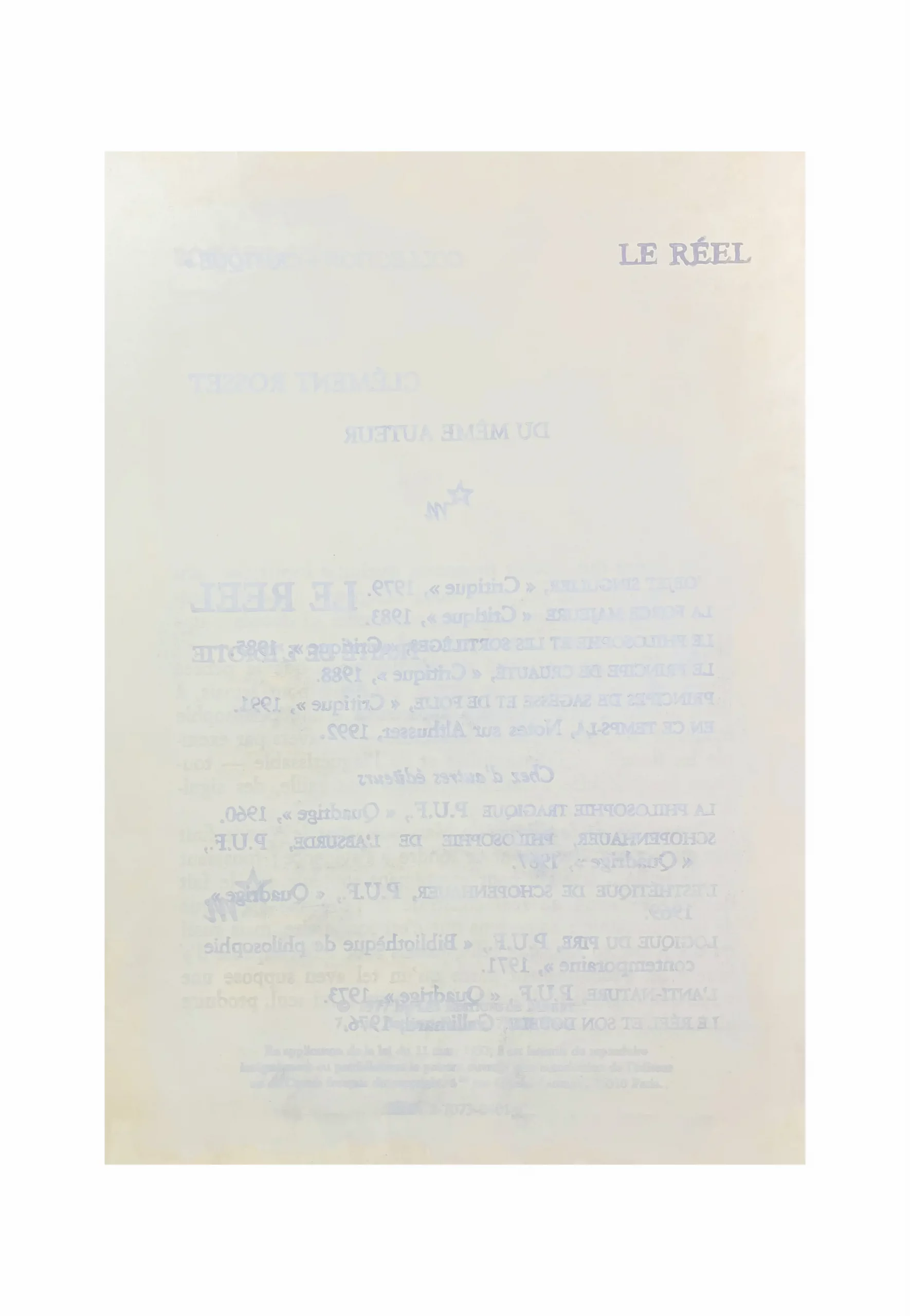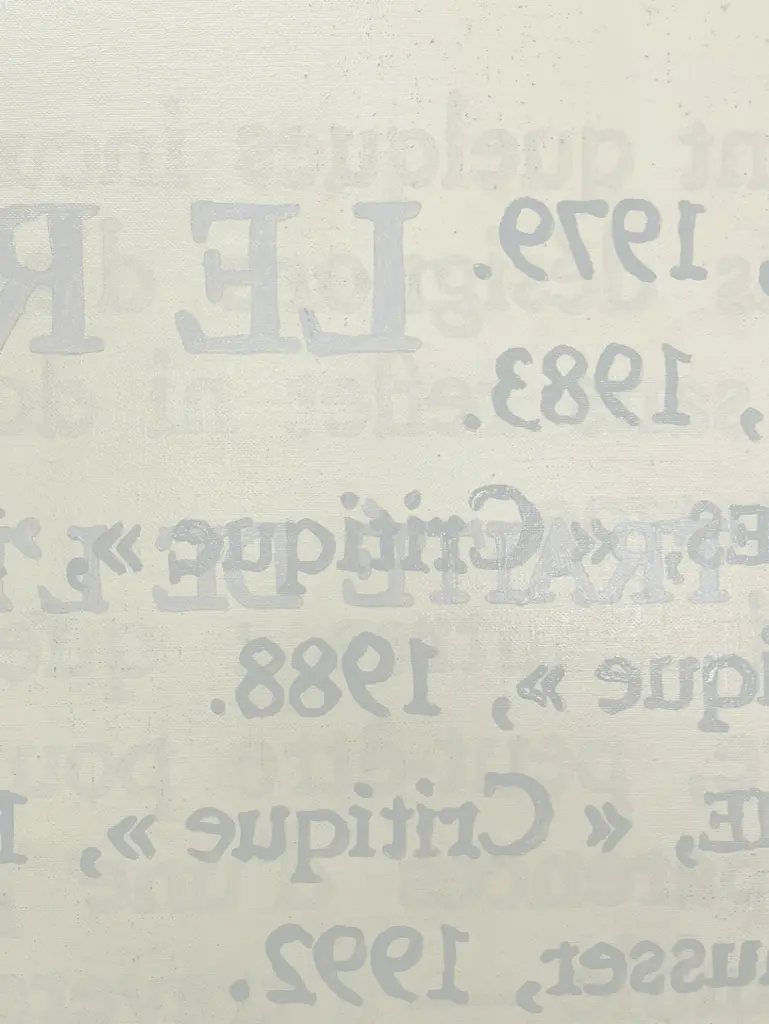Meditation on the Front Page.
Painting is a fantasy. Despite its predicted deaths, whether chronic or cerebral, it always ends up coming back, like a ghost. This ghost had already haunted Gilles Barbier’s work with the Hawaiian Ghosts where the shroud, the last garment worn by the supposedly deceased, takes on the attributes of a canvas prepared for the painter, who places the flowers of renewal on it. To this oblique approach to painting, we should add that this is water-based painting. Gouache to be precise. Everyone knows the song. So there’s no need to dwell on the possible critical charge of this choice. Suffice it to say that from the outset, Gilles Barbier has insisted on the use of light paint and wet techniques, certainly in the spirit of contradiction. This is the kind of paint used by illustrators and comic strip artists, a paint without thickness, which is worked on paper, and which the absence of a fixing binder makes as fragile as the powder on butterfly wings.
Read more
And yet, Gilles Barbier is no rookie when it comes to oil painting, the medium of great painting. Old-fashioned glazing techniques, binders, pigments and all the cooking that goes with this medium hold no secrets for him. In fact, in 2005, when he opted for resin rather than wax as a molding technique, he lost the natural depth of this material and had to start from scratch when it came to coloring surfaces. But what does he paint? Human skin, fruit, flayed meat, fake wood… He then turned to a painting he had always admired, Dutch still life. He learned the techniques, but these remained dedicated to the production of sculptures, especially when it came to series such as Pawns, Stasis or Inhabiting.
During the COVID episode, Gilles Barbier orders 10 canvas frames, ready for painting. They remained in their packaging for some time, but the idea of oil painting began to take root. Once again, it was through the book that the artist finally entered into his project, making full use of the layered technique of glazing, blending palimpsest, Wunderblock and geology. This entry, or Meditation on the front Page, shows the way we look when we open a book to the first page. The first page is blank, but the thinner the paper, the more light penetrates the volume, revealing the watermark of the first pages of writing, right side up and upside down. The book to come then appears in its physical depth. The artist sets up a working protocol. He starts with the last page to appear in the thickness of the paper. Then he covers it with a layer of diaphanous, ivory-colored paper paint. Then he repeats the operation, working his way up to the surface, page after page, layer after layer.
The excessively long process of this approach to the pictorial surface defines an extremely slow production time. The artist willingly accepts this slowing down, and joins in the time of meditation, and of the question posed by the future of this paper geology.
C.S.
Links to: Moscow-Petushki, The real.
“Meditation on the First Page (Moscow-Petushki)”, 2024. Oil painting on canvas.
“Meditation on the First Page (Moscow-Petushki)”, 2024. Oil painting on canvas.
“Meditation on the First Page (The Real)”, 2024. Oil painting on canvas.
“Meditation on the First Page (The Real)”, 2024. Oil painting on canvas.


